Persia is considered the homeland of spinach, it was imported to Europe in the 15th century. Since the beginning of the 19th century, spinach has been often used in international cuisine. Eating and cooking spinach is easy and simple. It is delicious both raw and cooked. It can be found fresh, frozen or canned and is easily incorporated into many dishes. Thanks to its versatility, it can be served raw in sandwiches and salads or as an addition to sushi, meat, fish or other vegetable dishes.
Growing spinach
Spinach is planted in the spring, but no earlier than the end of February. Yields and quality of spinach production decrease significantly if it has been planted later. For spring production, the area is plowed and fertilized according to the crop, which will be planted after the spinach. Before the spring crops, the land is cultivated to a depth of 12-14 cm and fertilized.
The sowing of spinach seeds can be spread on a flat surface or in rows. Regular sowing is preferable. Spinach seeds are sown 2-3 cm deep. For large areas, sowing can be done with a row drill, at a distance of 20-25 cm from row to row. 250-300 g of seeds are needed for 100 square meters of sown spinach area and 2-2.5 kilograms on average for 1 acre.
Well-rooted plants that have formed 3-4 leaves can withstand temperatures of negative 8-10°C without damage.
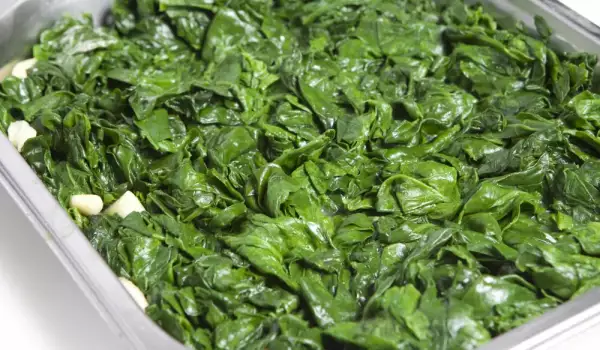
Composition of spinach
Apart from being delicious, spinach is popular for its high nutritional value. Not only is it low in calories, but it's also a good source of iron, vitamin A and C, minerals and fiber. One serving of spinach contains 3 grams of protein. The leaves of the vegetable are very rich in proteins, carbohydrates, vitamins B1, B2, B6, PP and smaller amounts of vitamin K. It has been proven that 80 g of fresh and 200 g of cooked spinach cover about half of the daily requirement need for vitamin C.
Spinach also contains large amounts of folic acid, as well as minerals, best represented by sodium, potassium, phosphorus, calcium, iodine, manganese and copper. Spinach does not contain cholesterol and fat.
100 g spinach contains 23 calories, 70 mg sodium, 3 g protein, 4 g carbohydrates, 20% iron, 16% vitamin C, 210% vitamin A, 14% calcium.
Types of Spinach
Flat or smooth leaves
Spinach with flat or smooth leaves has unwrinkled, oblong leaves. Its taste is milder than that of Savoy. This type of spinach is used for canning or freezing, as well as for soups, baby food and other processing.
Savoy
Savoy has wrinkled, curly dark green leaves. The roughness is different from flat-leaf spinach, but the flavor is almost the same. You can find fresh savoy in a nearby store.
Semi-Savoy
Lately, semi-savoy, which has slightly curly leaves, is very popular. They have almost the same roughness, they are no easier to mark than those of the common Savoy. They are usually sold fresh, but are also found in processed foods.
Fresh spinach is available all year round.
Selection and storage of spinach
You can find fresh, canned or frozen spinach in the supermarket. It is best to choose spinach with green, firm leaves and a fresh smell. Avoid injured or spotted leaves.
Fresh spinach should be dried and stored in a plastic bag. It can stay in the fruit compartment of a refrigerator for 3 or 4 days.
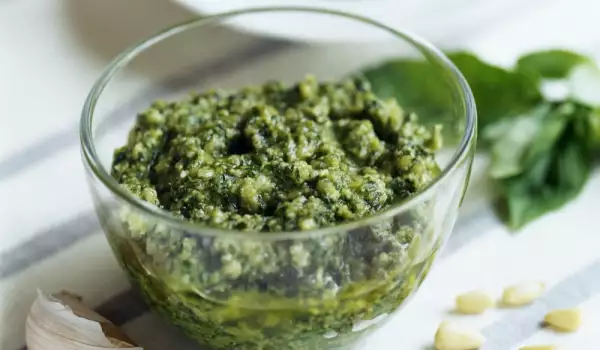
Culinary use of spinach
Iron and calcium in plants are not easily absorbed by the body. Spinach contains a chemical called oxalic acid, which binds to iron and calcium and reduces the body's absorption of these substances. For better absorption of iron and calcium, spinach should be eaten along with foods rich in vitamin C such as orange juice, tomatoes or citrus fruit.
Spinach grows in sandy soils, so it should be washed thoroughly before consumption. The stump must be cut. Separate the leaves and place them in a large bowl of water. Wash them carefully, by letting the sand settle to the bottom of the bowl. Remove the leaves from the water, rinse the bowl and repeat the process, until the leaves are completely clean.
If you eat raw spinach, dry it completely, for example by drying it with a kitchen towel. Slightly moist spinach can be steamed or microwaved without adding water.
With spinach you can make great recipes like spinach soup, tender lamb with spinach, spinach and rice, classic spinach filo pastry pie, spinach sarma, spinach patties and many more, which you can find on the site.
Boiling spinach
Place the leaves in a large pot of boiling water. When the leaves are slightly shriveled, squeeze them out of the excess moisture. This method is used to quickly cook spinach or to make a sauté or stuffing and usually takes 2-5 minutes.
Cooking spinach in the microwave
Place washed, slightly wet spinach in a microwaveable dish. Cover and cook until tender (4-7 min for 1/2 kg of spinach).
Steaming spinach
If you are thinking of steaming spinach, do not dry the leaves after washing them. Steamed spinach can be a great side dish and only takes 5 to 10 minutes.
• Make spinach part of your five-a-day plan.
• Use fresh spinach for a delicious, healthy salad.
• Add other fruit or vegetables along with your favorite salad dressing.
• Put chopped spinach in lasagna or soup.
• Add yogurt to chopped spinach or spinach puree to make a low-fat version of spinach cream.
• Try frying spinach with garlic, onions and chopped red peppers for a colorful and tasty side dish.
• Buy packaged spinach for faster meals.
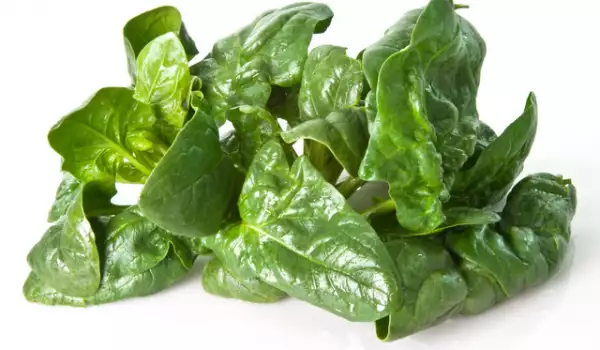
Health benefits of spinach
Spinach is a very healthy and useful food. By consuming spinach, you should not worry about your weight at all, on the contrary - you can include it in a weight loss diet. Spinach is loaded with a large amount of flavonoids, which play the role of antioxidants and protect the body from the harmful effects of free radicals.
The various nutrients contained in spinach are a strong defense against disease. Green leaves give a lot of strength and energy to the body. The green leafy vegetable is extremely beneficial for people suffering from anemia.
Spinach helps to cleanse the body of harmful toxins while loading it with a number of vitamins and minerals, including rich doses of beta-carotene. It stimulates the charging of the body with hemoglobin, additionally charging it with oxygen.
Spinach is extremely useful and with its ability to support the way the pancreas and intestines function, thanks to the high content of fiber and chlorophyll.
The large amounts of iodine in its composition support the functions of the thyroid gland. It supports the functions of the nervous system, which makes it an especially important vegetable for people who are exposed to constant stressful situations.
Spinach is rich in compounds that significantly support heart health. It regulates bad cholesterol levels and the magnesium in it helps reduce high blood pressure.
It is useful in various gastrointestinal diseases. Protects against dangerous colon cancer. The folic acid contained in spinach protects against cell damage and DNA mutations.
Harms from spinach
There is only a potential risk from spinach consumption in people who have manifested iron allergies. Spinach also contains oxalic acid, which is completely contraindicated for those suffering from kidney failure.
Besides being harmful to the kidneys, oxalic acid also has some other contraindications. It interferes with the absorption of the important vitamin A, potassium, calcium and iron that spinach is so rich in.
The good news is that oxalic acid breaks down during heat treatment. To avoid its harmful effects, it is best to consume the vegetable thermally processed and eat it raw. Moreover, raw spinach can be a source of disease-causing bacteria such as Listeria, Escherichia coli or Salmonella. This is another reason why you must subject it to heat treatment.
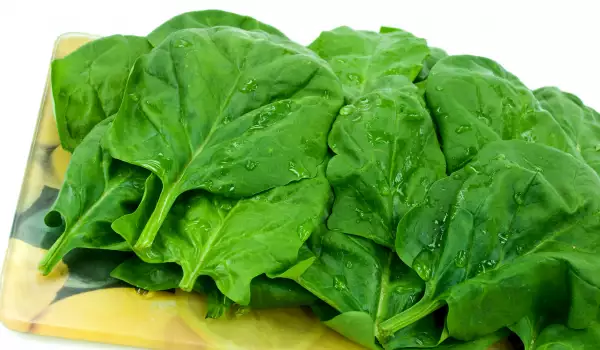
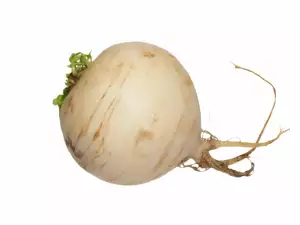
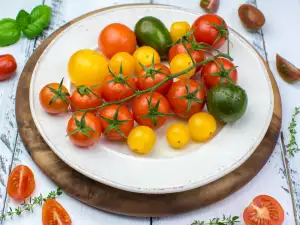
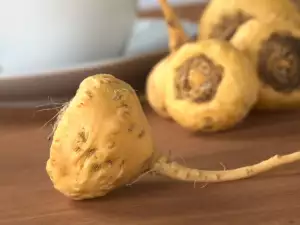
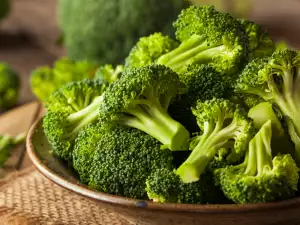
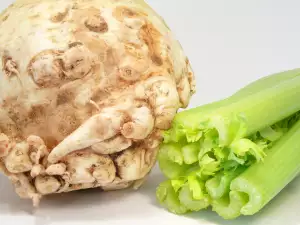

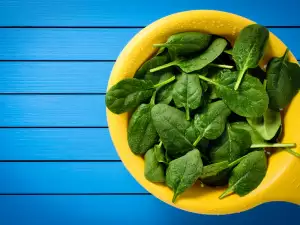

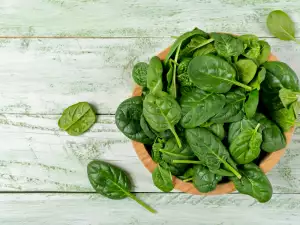
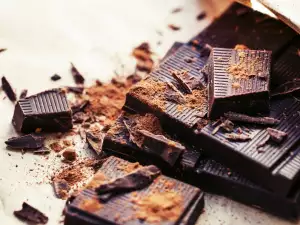





Comments